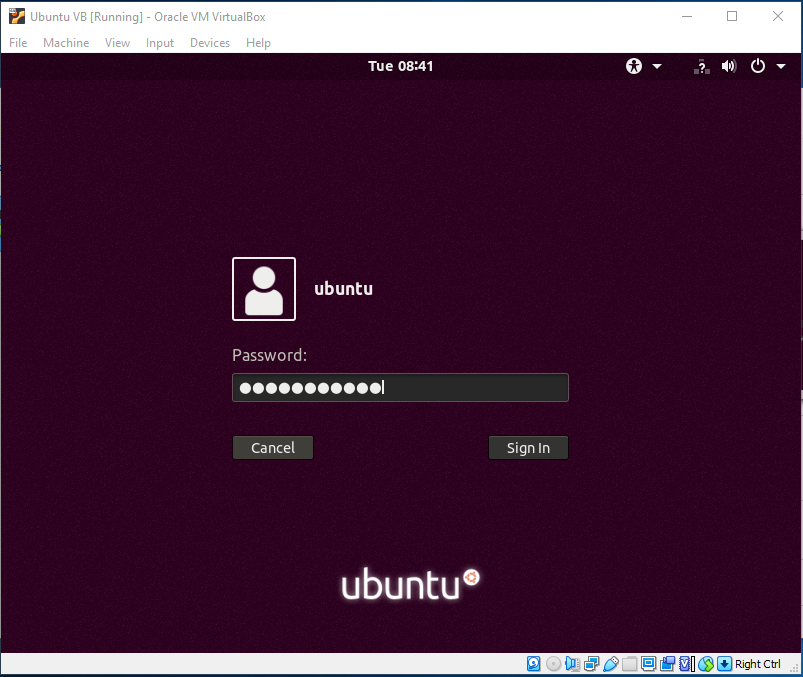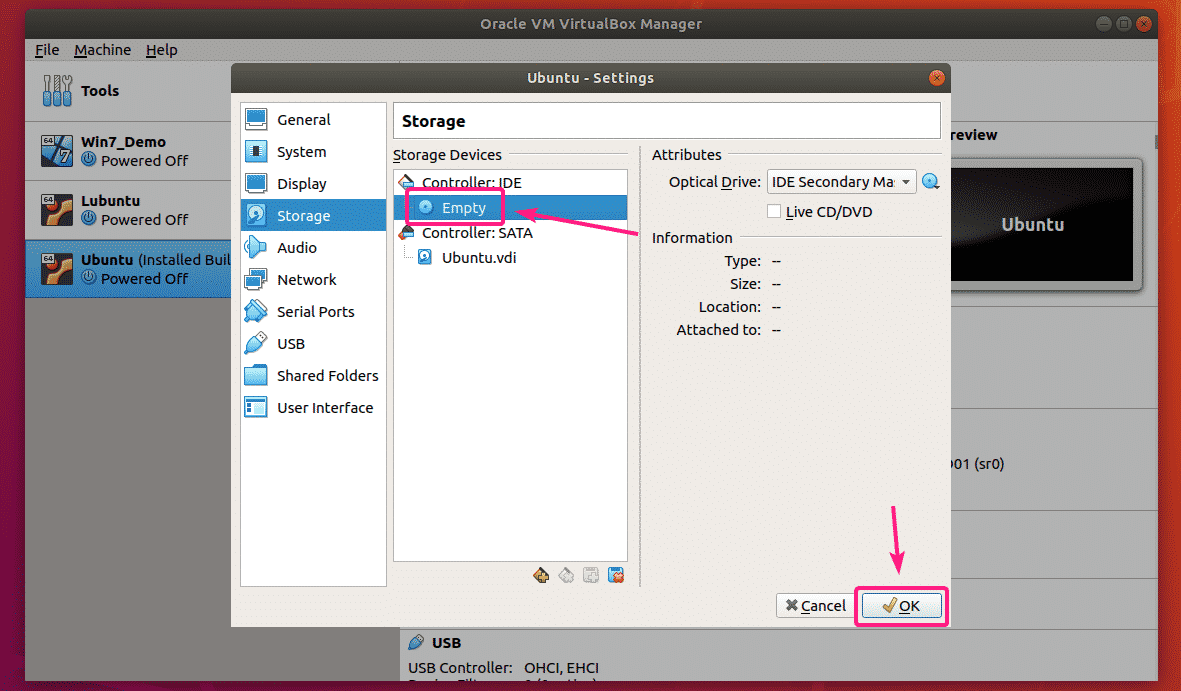

Next, we’ll specify how much of our computer’s RAM will be allocated to the VM.We’ve downloaded a 64-bit ISO so Version is “Ubuntu (64-bit)”.Ĭhoosing a virtual machine name in VirtualBox Depending on whether you’ve chosen 32 or 64-bit ISOs in step 1, you’ll need to select the right option in “Version” as well. For Ubuntu, Type should be “Linux” and Version “Ubuntu” as shown. VirtualBox is generally intelligent this way - it’ll detect the name you give the VM and try to infer the OS from that. We’ll be asked to enter a VM name and choose what OS and type it is.

The Expert Mode VirtualBox UI Choose Guided Mode here. If you see the screen below, choose the “Guided Mode” button and move to the next step. Now we’ll create a virtual machine. Click the blue “New” star and you’ll be presented with the Create Virtual Machine dialogue.On the download site, choose the “VirtualBox for Windows hosts” link to get the installer. Once you’ve installed, launch the VirtualBox application, and you’ll see a UI similar to the one below (except yours will be empty!). Download and install the VirtualBox client that’s applicable for your OS.Choose 64-bit unless you’re running a PC with 2GB or less of RAM. The “LTS” edition is somewhat older, but is supported longer and can be more stable than the latest release.




 0 kommentar(er)
0 kommentar(er)
